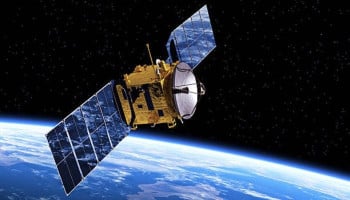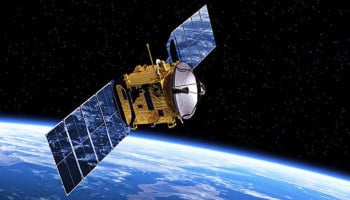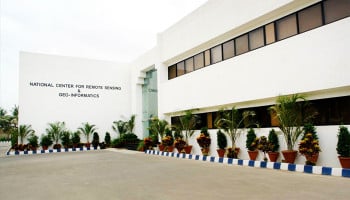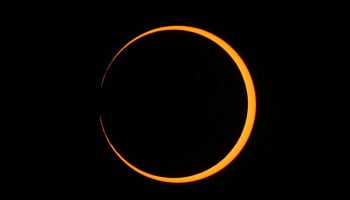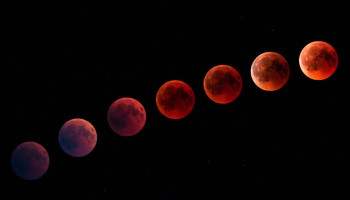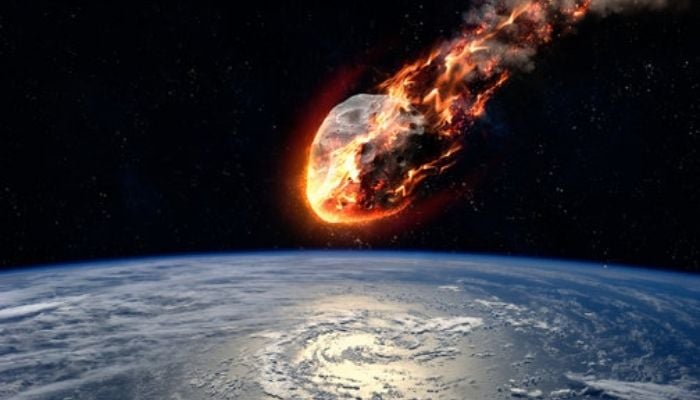
An enormous asteroid, 1997 QK1, that is longer than three lined-up football fields is predicted to pass near Earth on Wednesday.
NASA estimates that the asteroid 1997 QK1 will pass within a safe range of our planet, which is 1.87 million miles (3 million kilometres).
In comparison, the Moon orbits Earth at a distance of approximately 238,855 miles (384,400 km), so the asteroid will travel about eight times as far as the Moon.
Asteroid 1997 QK1
The asteroid is a member of the Aten group of near-Earth asteroids, whose orbits intersect the Earth's orbit around the Sun.
Despite the fact that its size might potentially cause regional destruction if it were to hit Earth, NASA's accurate calculations verify that there is no risk of impact from this flyby.
Why do scientists track asteroids?
Scientists can study the asteroid's behaviour, improve planetary defence systems, and improve orbital predictions thanks to its close approach.
In order to protect Earth and advance our knowledge of near-Earth objects, NASA and other international space agencies, such as the Indian Space Research Organisation (ISRO), keep a careful eye on asteroids.
Plans for upcoming missions to investigate larger near-Earth asteroids have been laid out by ISRO Chairman S. Somanath, who has emphasised the significance of global collaboration in planetary defence.
Scientists can learn more about how the solar system formed and the structural soundness of these early planet-building blocks by examining asteroids like 1997 QK1.
Since millions of space rocks could endanger our planet, the 1997 QK1 flyby emphasises the necessity of ongoing vigilance in monitoring asteroids.





